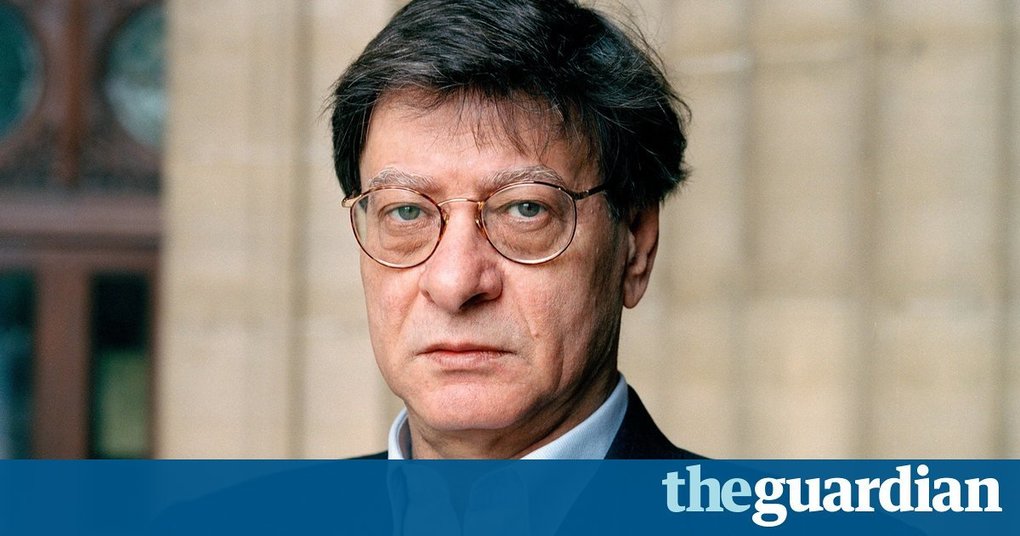
Peter Beaumont
The Guardian
He is regarded as one of Palestinian literature’s most important figures, a poet whose work has been translated and read around the globe, including in Hebrew.
Now the work of Mahmoud Darwish, who died in 2008, has been denounced by Israel’s far-right defence minister, Avigdor Lieberman, as equivalent to Hitler’s Mein Kampf in the latest bitter row over freedom of expression in Israel.
The remarks came as Lieberman waded into the controversy over Israel Army Radio’s inclusion of one of Darwish’s poems, ID Card, in an educational segment, infuriating rightwingers.
Lieberman summoned the station’s head, Yaron Dekel, to reprimand him over last week’s broadcast of the poem on the station’s University on the Air programme.
Darwish is internationally renowned for his poetry, whose themes of identity, exile and belonging are expressed often through an evocation of landscape.
In Israel, Darwish’s most controversial poem has long been Those Who Pass Between Fleeting Words, a rejection of occupation written in 1988. It has been cited by former prime minister Yitzhak Shamir as evidence the poet believed Jews should abandon Israel, a claim Darwish denied.
“Maybe it’s not so clear,’’ Darwish said at the time. “In a song it’s hard to say precise things. So I emphasise: only the territories captured during the six-day war, not the state of Israel.’’
ID Card was written in 1964, when Darwish was working as a literary assistant in Haifa on an Israeli communist party publication. Its most famous line – “Write it down! I’m an Arab” – was later borrowed for a documentary of his life. Like many of his poems, it balances complex emotions often within a single stanza: anger, pride in a sense of self, rejection of stereotyping and a warning of the consequences of oppression. It finishes: “Write down on the top of the first page: / I do not hate people / And I do not steal from anyone / But if I starve / I will eat my oppressor’s flesh / Beware, beware of my starving / And my rage.”
Avigdor Lieberman has reprimanded the head of Army Radio for broadcasting ID Card. Photograph: Ronen Zvulun/Reuters
According to reports on Israel’s Channel 2, it was this line that provoked Lieberman’s rage, prompting him to say that Darwish, “who called in his poetry for the expulsion of the Jewish people from the state of Israel and who wrote that ‘the flesh of the occupier will be my sustenance’, cannot be part of the Israeli narrative programme that was aired.
“By that logic, the complete legacy of the Mufti al-Husseini or the literary merits of Mein Kampf could also have been included.”
Other reports quoted Lieberman as complaining that “someone who writes texts against Zionism, which are used to this very day as fuel for terror attacks against Israel, gets the honour of his creations being included by the station as part of texts that made it into Israel’s canon, alongside Jerusalem of Gold and The Silver Platter”.
“It is obvious that this represents a failure and cannot go unchallenged,” said Lieberman’s spokesperson.
The row was initially ignited by the culture minister, Miri Regev – who has sought to deny government funding to arts groups that refuse to perform in the occupied territories – in a Facebook post.
Calling on Lieberman to stop funding the station, Regev claimed it was “providing a platform to the Palestinian narrative that opposes the existence of Israel as a Jewish democratic state”.
While nominally in charge of Army Radio, Lieberman has no power to intervene in its output. For its part, the station defended the broadcast, saying: “On this platform we’ve hosted programmes on various topics, including the literary works of Rabbi Kook, Ze’ev Jabotinsky, Theodor Herzl and Naomi Shemer, as well as the text of the declaration of independence. We believe that academic freedom obligates us to offer our listeners a wealth of ideas.”
Darwish has been widely translated into Hebrew and some poems were considered for inclusion in the Israeli school curriculum in 2000, before the idea was dropped after criticism by rightwingers.
The poet is in many respects a metaphor for the Palestinian exile experience. Born in al-Birwa, in what was then British Mandate Palestine, his family fled after the Israeli state was created in 1948, first to Lebanon, before returning to Acre. After studying in Moscow, he joined the Palestine Liberation Organisation in the early 1970s, living in exile in the Middle East before being allowed to settle in Ramallah in 1995.
Among those who were unsurprised by Lieberman’s comments was Ghassan Khatib, a professor at Bir Zeit University – a Palestinian university, he said, which teaches texts by key Zionist thinkers including Herzl and Jabotinsky.
“It is a demonstration that he is not serious about positive relations between the two sides,” he said. “In conflict there are two sides, each with its own narrative. When media outlets in Israel allow Israelis to look at the other side’s narrative, it should be respected.
“Mahmoud Darwish in particular is extremely sophisticated and humanitarian. I went back to revise his poems. I find it very difficult to find anything to justify Lieberman’s remarks.”
Khatib insists that Darwish’s poem needs to be read in the historical and political context in which it was written.
“It was written when the land of Palestinians was being taken every day. How can we forget that the land called Israel was the property of family and relatives that was taken in an illegal way?”
Source: www.theguardian.com







